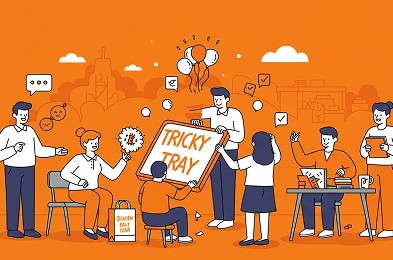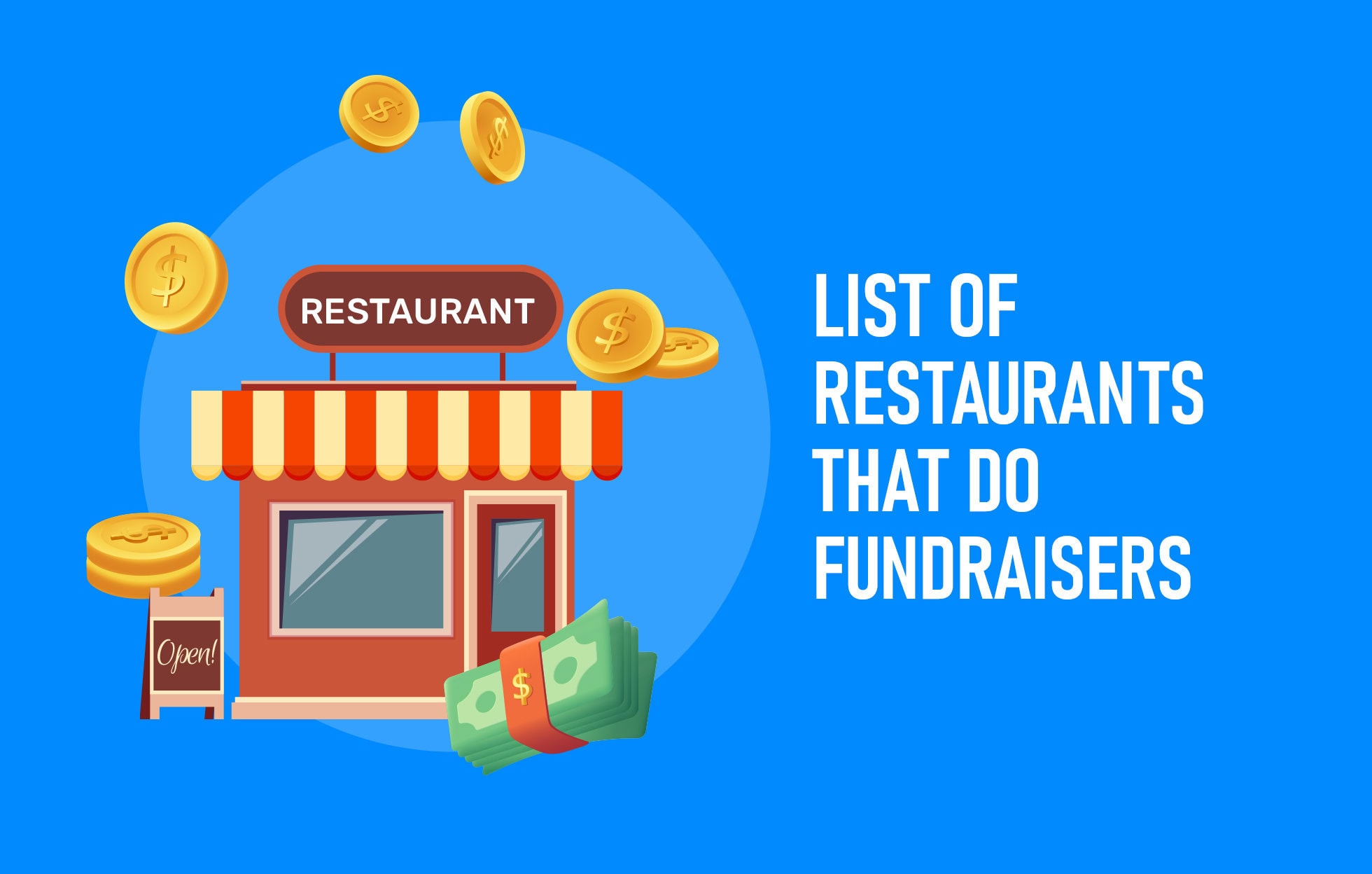
How to Spring Clean Your Donor Database
How to Spring Clean Your Donor Database Learn how to clean up your donor information. CharityAuctionsToday can help you maximize fundraising with a well-organized donor
Browse or use the search bar below for auction and fundraising best practices. Plus, check out our Help Center for tips on using our platform to reach your fundraising goals.

How to Spring Clean Your Donor Database Learn how to clean up your donor information. CharityAuctionsToday can help you maximize fundraising with a well-organized donor

Creative Spring Break Fundraising Ideas Discover spring break fundraising ideas for at home or on vacation. CharityAuctionsToday can help you take advantage of spring fever.

5 Small Environmental Nonprofit Organizations Learn about 5 small environmental nonprofits we’re highlighting for Earth Day. CharityAuctionsToday encourages you to find your local environmental nonprofits.

Inspiring Donation Page Examples for Nonprofits Explore examples of donation pages. CharityAuctionsToday offers samples of successful donation page designs that can help you raise more

What is a Wine Pull? How to Do a Wine Wall Learn about how a wine pull can increase your bottom line. CharityAuctionsToday has tips

What is a Tricky Tray Fundraiser? Wondering what a tricky tray is? CharityAuctionsToday can help you understand this cross between an auction and a raffle
Dive into nonprofits’ mission success stories in our podcast, Nonprofit Spotlight, with founder and CEO Tom Kelly and Social Media Manager Kelly Plyer. Stay tuned for future podcast episodes, webinars, and tips on our latest platform features.

Download free templates, samples, checklists, images, and more to simplify your fundraising.

DOWNLOAD The Auction Profit Blueprint
The 4 tools BIG organizations use every time to skyrocket auction profits!
The Step-By-Step Guide to stop leaving thousands on the table.

